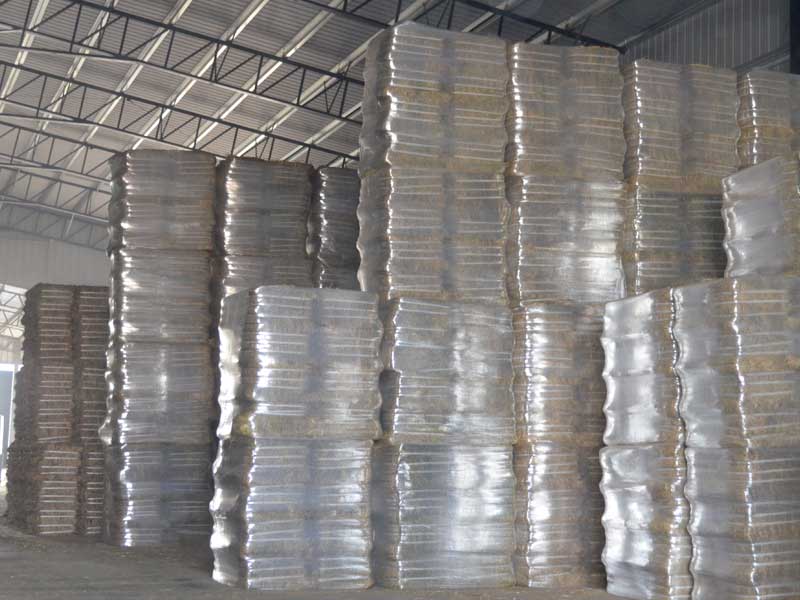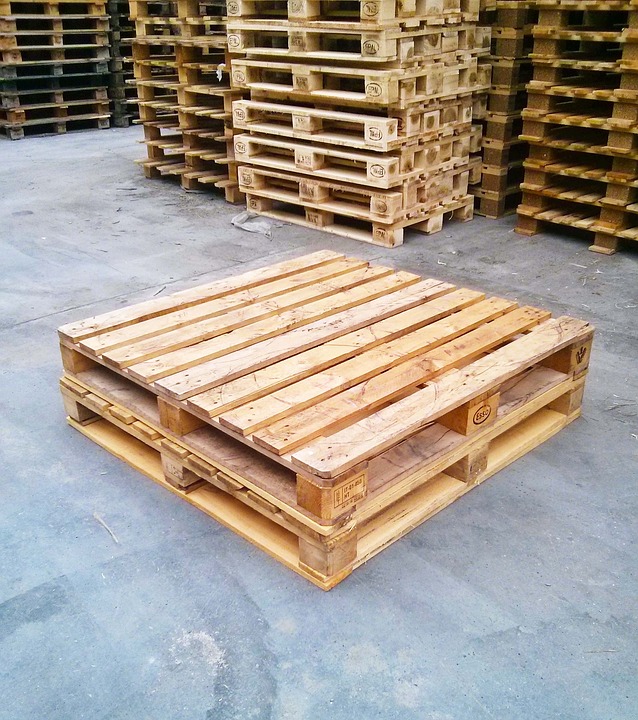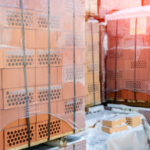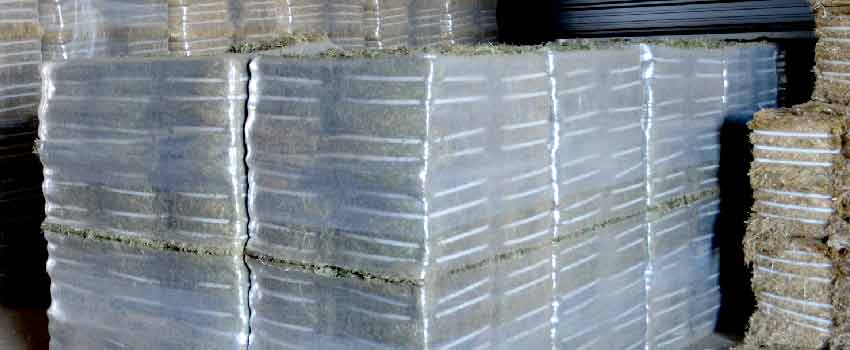Stretch and shrink wrapping are a great way to keep your products safe during transport and in the warehouse. These two types of wrapping methods offer similar benefits but have many differences. Understanding those differences will go a long way in knowing what wrapping method will work best for you. Our team here at Western Packaging recommends doing your research on the two prior to making your decision.
Stretch Wrapping
Stretch wrapping uses a plastic film that is wrapped around a load of products. It’s made from polyethylene plastics which makes it easier to stretch around products. The elasticity that stretch wrapping provides allows it to hold the load tightly together.
What Is Stretch Wrapping Used For?
Stretch wrapping is usually used to hold products together for transportation or storage purposes. This is because its elasticity allows for it to hold many products together. It’s also easy to store and with the right equipment, easy to wrap.
The Advantages of Stretch Wrapping
1. It Is Protective
Since it packs the items in so tightly, it protects from things that often harm products during shipments and transit. It can protect items from moisture and dust. Stretch wrapping also protects the products from the sun with UV film options.
2. Cost-Effective
Stretch wrap is typically the most cost-effective type of pallet wrapping. On top of this, stretch wrapping equipment is typically less expensive than other pallet wrapping equipment. If you are looking to be as cost-effective as possible, the stretch wrap may be the way to go.
3. Adaptable
Stretch wrap has a variety of films for different applications. It can also adapt to different types of surfaces. This can be beneficial if you ship different packages that are different sizes and made from different materials.
Shrinkwrapping
Shrinkwrapping is covered loosely around a product or load and it shrinks tightly when the heat is applied. Like stretch wrapping, it is made from polyolefin plastics. This makes shrink wrapping a flexible option.
What Is It Used For?
Shrinkwrapping is typically used to protect a single product from dust or bad weather. It is also used to combine smaller items together. It is widely used to cover foods such as meats, cheeses, and vegetables.
The Advantages of Shrinkwrap
1. It Is Protective
Shrinkwrap does a great job of protecting products from outside elements. It is a popular choice when a single product needs protection. With that being said, shrink wrapping is still used to wrap a large number of products.
2. No Surface Damage
If properly applied, shrink wrapping should pose no risk to your products. Other forms of wrapping can often lead to chafing or damage when a product is in transit. Since shrink wrapping can cover small distances, shrink wrapping hardly ever leads to chafing.
3. Breathability
Shrinkwrapping provides the option to be ventilated. This is why it’s a popular choice among people who need to ship or store food. This can also help prevent damage that can occur when moisture forms on packages.
Western Packaging Offers Wrapping and Equipment
Rather you’re looking for stretch wrapping or shrinkwrapping, our team at Western Packaging is here to help. We can also help you figure out which type of wrapping is best for you. On top of that, we sell the equipment needed for both.
Contact us via phone, mail, email or direct message. We look forward to working with you!






Sorry, the comment form is closed at this time.